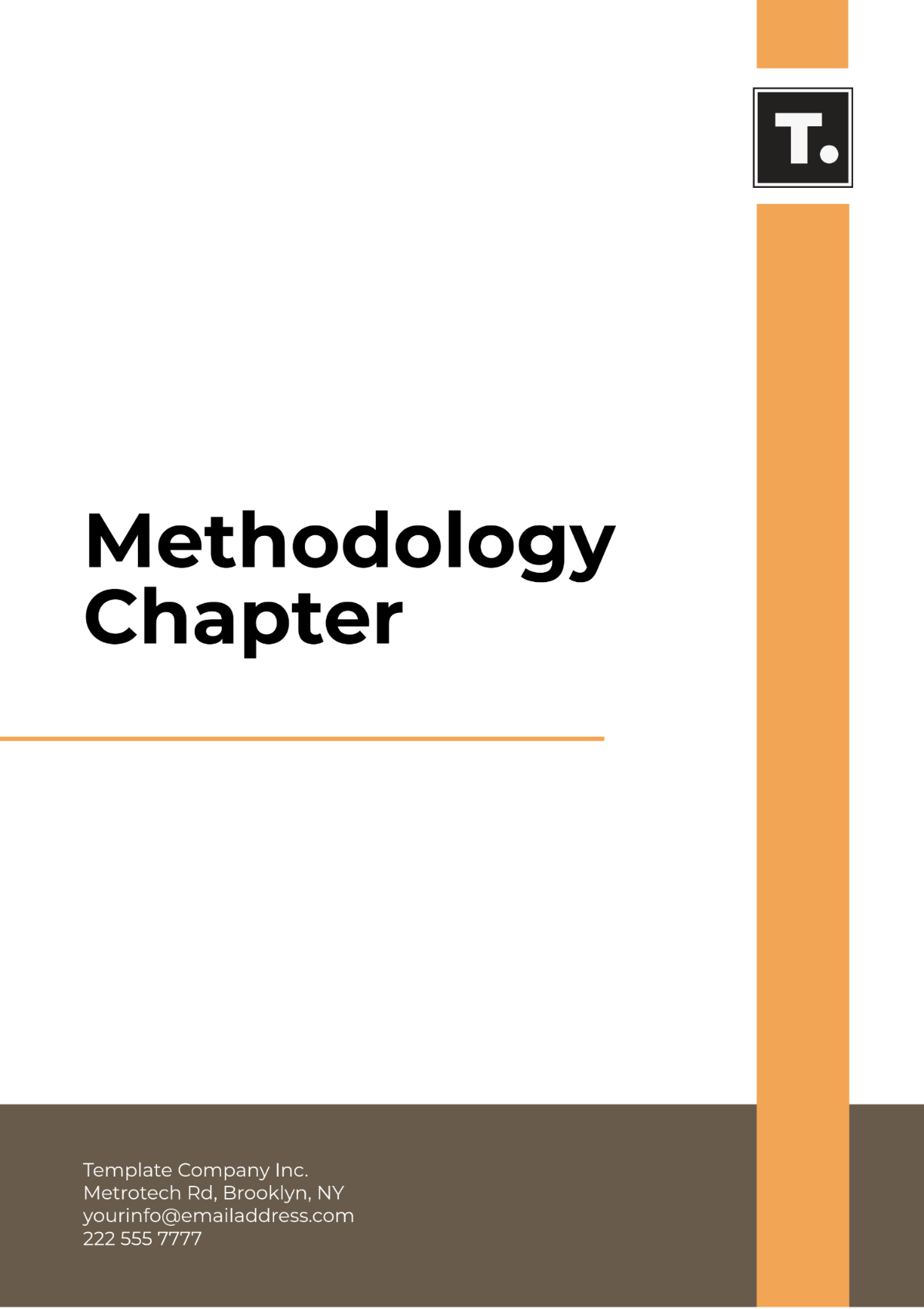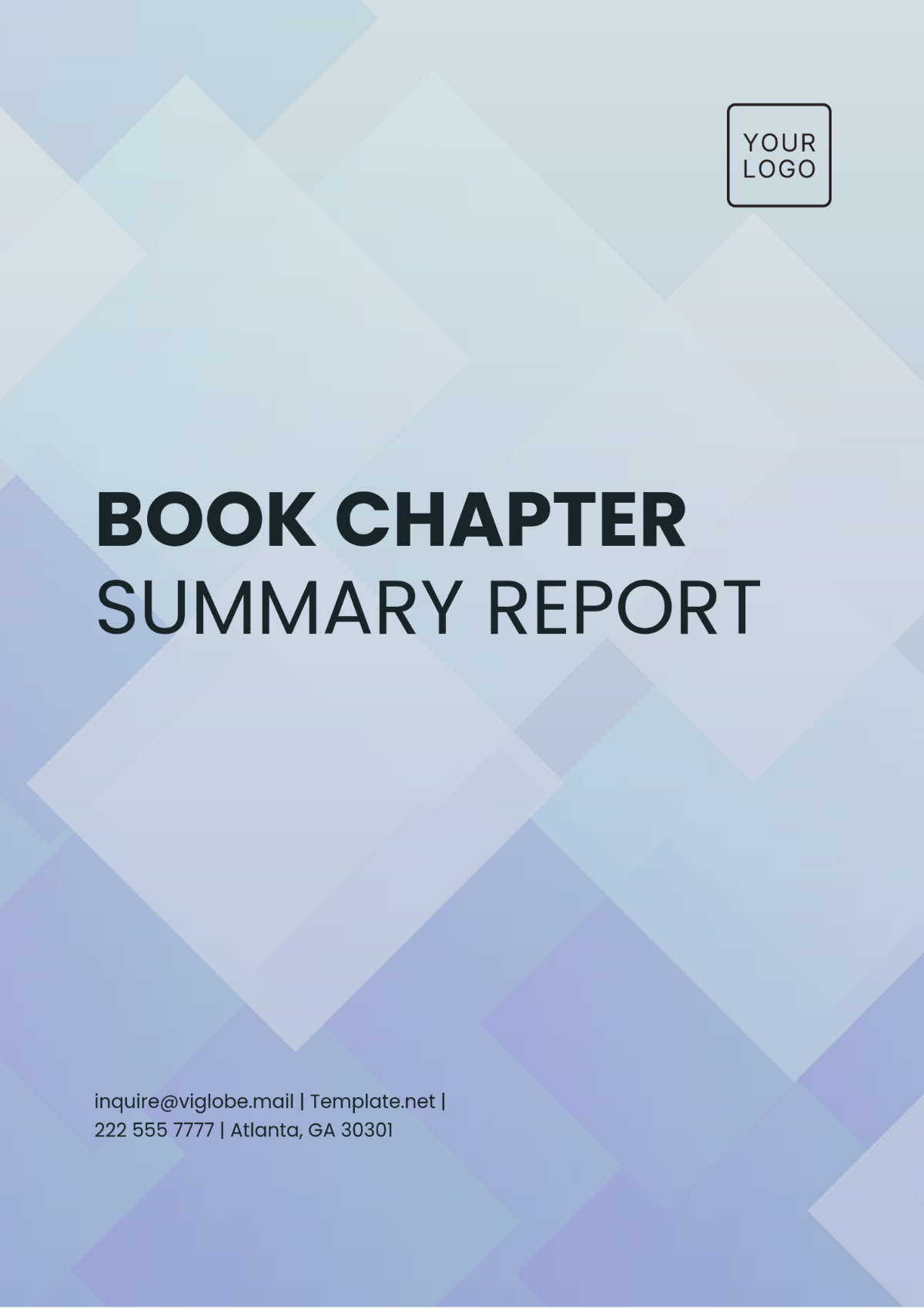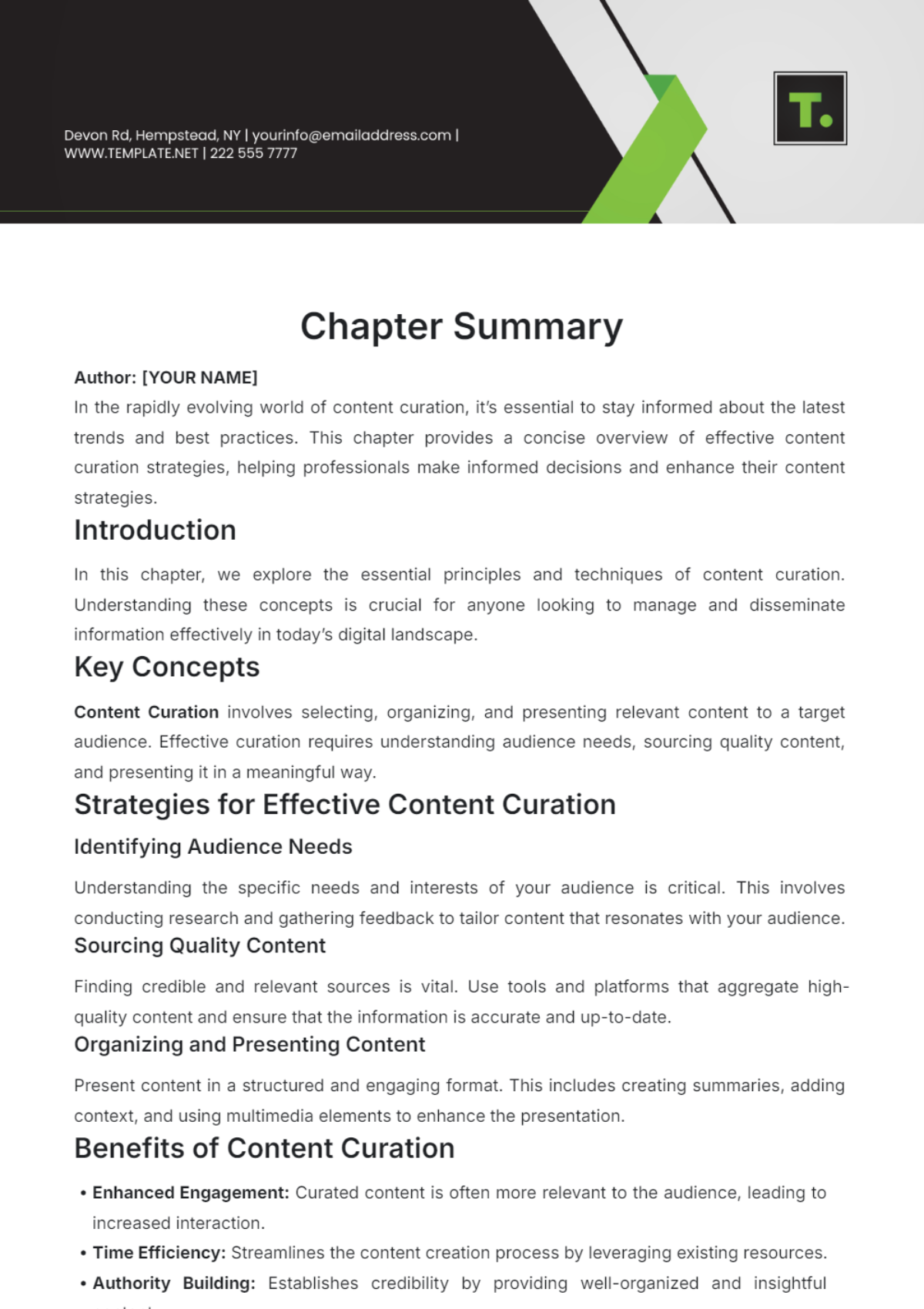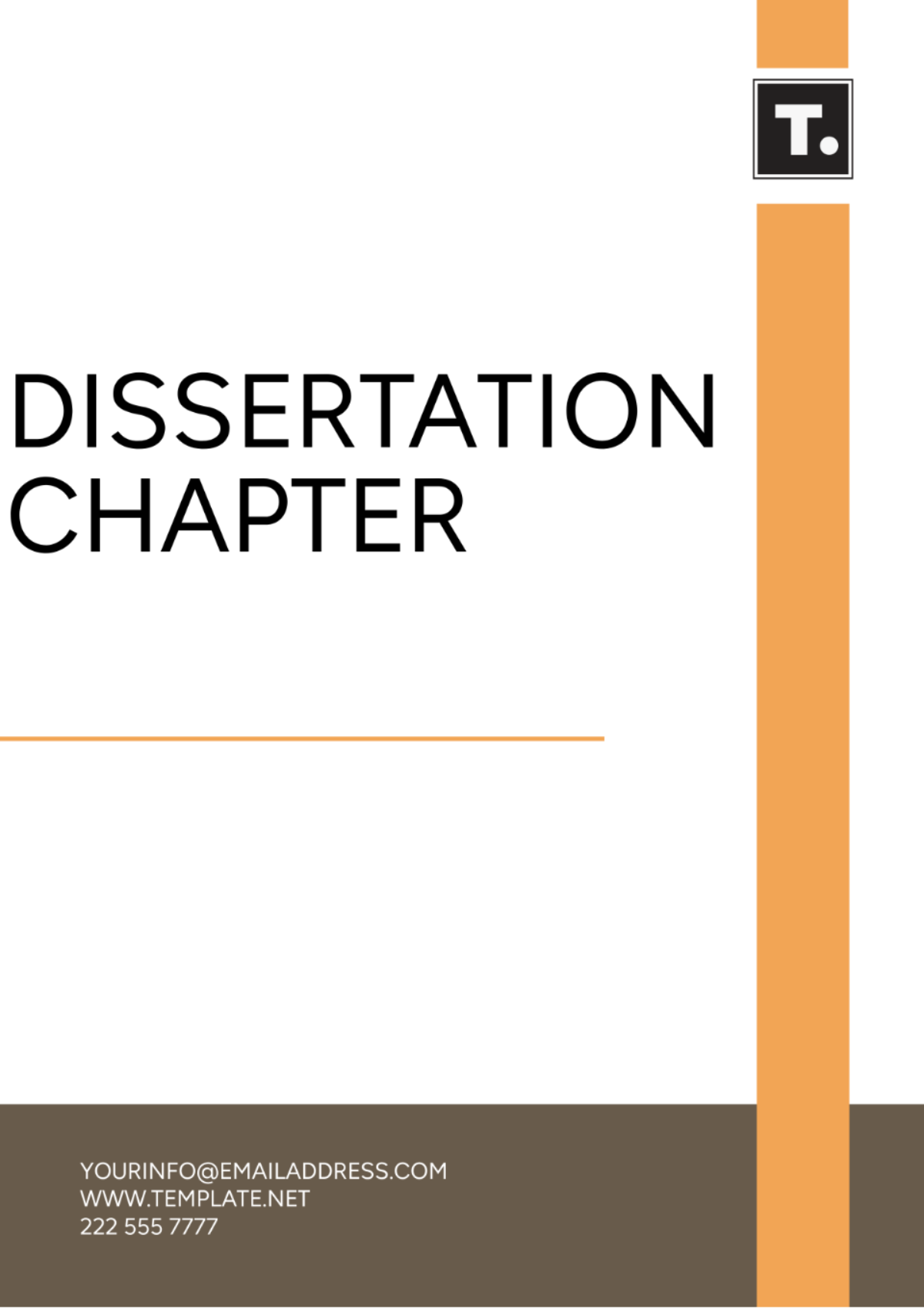Free Hypothesis Chapter Outline Template
Hypothesis Chapter Outline
Prepared By: [Your Name]
1. Introduction
1.1 Overview
This chapter explores the formulation, justification, and testing of the central hypothesis guiding this research. The hypothesis posits that "Implementing a flexible work schedule increases employee productivity in technology firms."
1.2 Background Information
Previous research indicates that flexible work schedules can enhance job satisfaction and productivity (Smith, 2050; Johnson & Lee, 2052). For instance, Smith’s study on tech industry workers found a 15% increase in productivity with flexible hours. This chapter builds on such findings to test the hypothesis in a broader context.
2. Formulation of the Hypothesis
2.1 Research Question
The primary research question addressed is: “Does a flexible work schedule lead to increased employee productivity in technology firms?”
2.2 Hypothesis Statement
The hypothesis is: “Employees in technology firms who are offered a flexible work schedule will exhibit a 10% increase in productivity compared to those with a fixed schedule.”
2.3 Justification for the Hypothesis
The hypothesis is based on the theoretical framework of the Job Characteristics Model, which suggests that autonomy and flexibility increase job satisfaction and performance (Hackman & Oldham, 2053). Previous empirical evidence supports this notion, with Johnson & Lee (2052) reporting that flexibility led to a 12% increase in employee output.
3. Theoretical Framework
3.1 Relevant Theories and Models
The Job Characteristics Model (Hackman & Oldham, 2057) will be used to frame this hypothesis. The model suggests that job enrichment, such as increased autonomy through flexible schedules, can lead to higher job performance.
3.2 Conceptual Definitions
Flexible Work Schedule: An arrangement allowing employees to set their work hours within agreed-upon limits (e.g., core hours from 10 AM to 3 PM).
Employee Productivity: Measured by output per hour of work, tracked through performance metrics and project completion rates.
4. Hypothesis Testing
4.1 Research Design
A quasi-experimental design will be employed, involving two groups: one with a flexible work schedule and one with a fixed schedule. The design allows for a comparison of productivity changes between the two groups over six months.
4.2 Data Collection Methods
Data will be collected using performance tracking software and employee surveys. The sample will consist of 100 employees from three technology firms, with 50 employees in each group. Performance metrics will include project completion rates and time-to-completion.
4.3 Analysis Plan
Statistical analysis will be conducted using paired t-tests to compare productivity levels between the flexible and fixed schedule groups. Regression analysis will control for variables such as role type and experience level. Software tools like SPSS will be used for analysis.
5. Expected Outcomes
5.1 Anticipated Results
It is anticipated that the flexible schedule group will show a 10% increase in productivity compared to the fixed schedule group, as measured by project completion rates and performance metrics.
5.2 Implications of Results
If the hypothesis is supported, it would suggest that flexible work schedules significantly enhance employee productivity. This could lead to broader adoption of flexible work policies in technology firms and influence organizational practices.
6. Limitations and Assumptions
6.1 Study Limitations
Potential limitations include the short duration of the study and the specific industry focus, which may not generalize to other sectors. Additionally, unmeasured variables such as individual work habits could affect results.
6.2 Assumptions
It is assumed that all participants will adhere to their assigned work schedule and that performance metrics are consistently recorded. It is also assumed that external factors, such as market conditions, remain constant during the study period.
7. Summary
7.1 Recap of Hypothesis
This chapter detailed the hypothesis that flexible work schedules enhance employee productivity in technology firms. The theoretical basis, research design, and analysis plan were outlined to test this hypothesis.
7.2 Contribution to Research
The research aims to contribute to understanding the impact of flexible work arrangements on productivity, providing insights that could inform organizational policy and future research.
8. References
Hackman, J. R., & Oldham, G. R. (2050). Motivation through the design of work: Test of a theory. Organizational Behavior and Human Performance.
Johnson, R., & Lee, M. (2051). The impact of flexible work arrangements on productivity in the tech industry. Journal of Business Research.
Smith, A. (2052). Flexible hours and employee performance: A case study. Technology Management Review.

















































